Orange Belgium: Mastering Europe’s New Best Deal Obligation
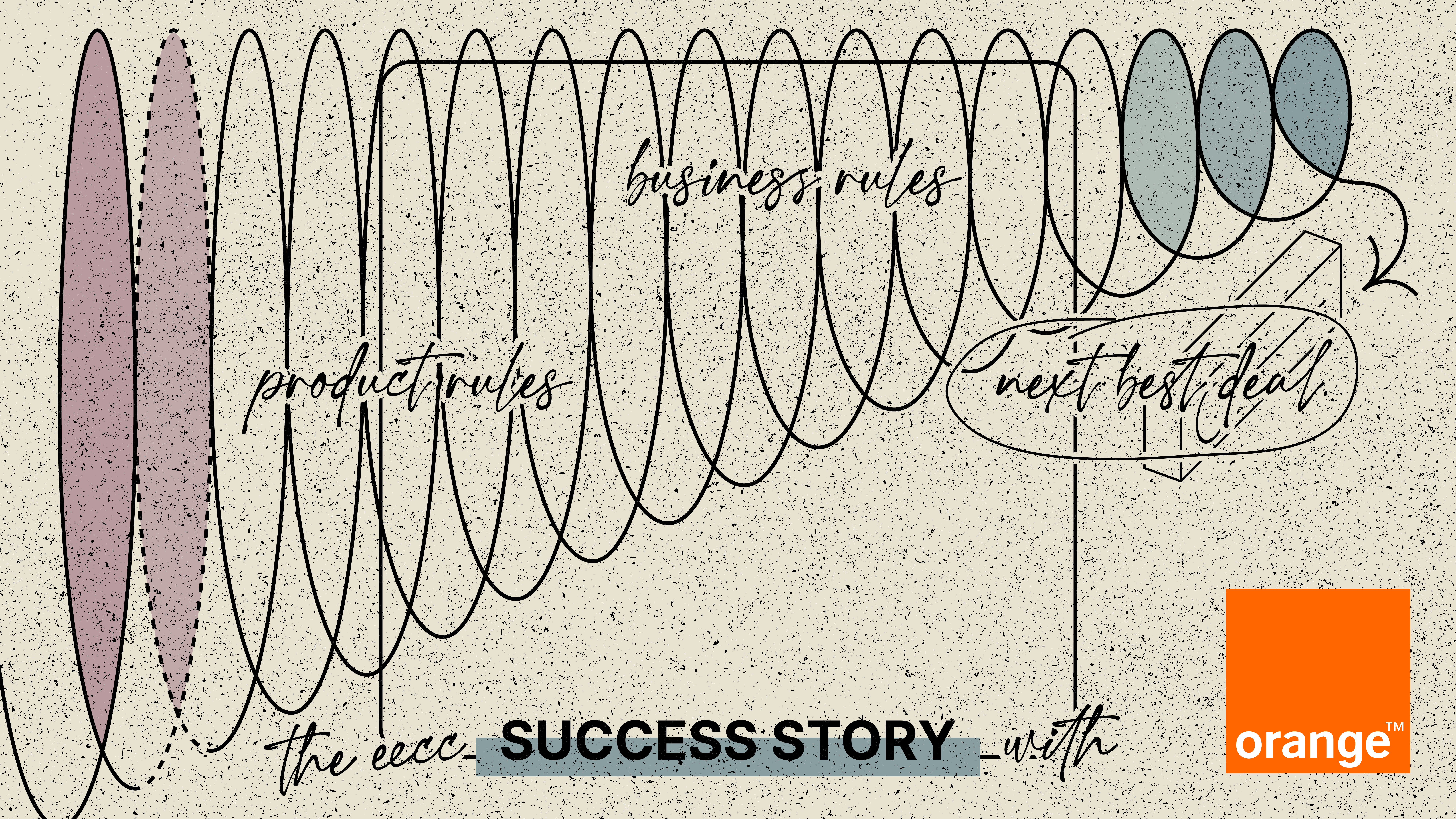
With the implementation of Clintworld’s Clintview simulation software, Orange Belgium not only crushed EU’s new best deal obligation , but unlocked the opportunity to align campaign objectives across departments , prune active legacy tariffs , and finally take the solution in-house.

As one of the major actors on the Belgium telecommunications market, Orange offers postpaid and prepaid mobile telecom products and services to its residential customers, and DSL fixed network telephony and high speed internet, acting as an integrated communications provider and offers a portfolio of mobility and connectivity services to it’s commercial market.
Little did they know that the European Union planned a revision to Europe’s regulatory framework for electronic communications which, among others, outlined new communicatory requirements for Telecoms that underpinned end-user rights to a fair, more informed deal.
A cohesive solution to their current system had to be found—quickly.
The Situation
At the heart of EU’s Single Digital Market Strategy lies the European Electronic Communications Code (EECC), which consolidates and amends existing Telecoms frameworks across the EU.
Among the many changes, the EECC bolsters new end-user rights aimed to improve fairness when buying and using broadband, mobile, pay TV and landline phone services.
Though conceived at the end of 2018, a deadline for National Regulatory Authorities (NRAs) to transpose the EECC into national law was set for December 21st, 2020. Following this date, each EU Member State provided their own individual deadlines for Mobile Network Operators (MNOs) to implement changes in time.
Like for every European telecommunications service provider, the EECC changed the name of the game when it came to customer communication, where one such revision requires Telecoms to annually inform customers of the next best deal available to them.
As a Belgian operator, the best deal obligation was nothing new for Orange, since an earlier legislative initiative from the Belgian Institute for Postal Services and Telecommunications (BIPT) inspired the very same conditions outlined in the EECC directive.
However, the new directive drastically expanded the requirement in both the B2B and B2C segments, while redefining it’s recurrence and method of communication. The new changes forced Orange Belgium to reassess their strategy, looking for a complimentary solution to their growing challenges. After careful consideration, they turned to Clintworld’s Clintview analytical simulation software.
The Implementation
Lucky for Orange, Clintview has been a part of their interdepartmental mar-tech stack for two and a half years now. Included in their 2018 digital transformation efforts, the Telecom had employed the software to fully automate their tariff simulation process when conducting continual what-if analyses on such residential and business pricing use cases as product cannibalization, competitive pricing analysis, profitability health-checks, and so on.
Until EECC, local regulation required annual best deals to be performed on residential customers, though Orange Belgium had outsourced this service at a cost. With the right tool in place and a new legislative motivation, it was time to bring this service home.

01 Connect
- A complete perspective of Orange price plans, options and discounts—as well as those of their competition.
- Usage data such as call detail records (CDRs) and event detail records (EDRs).
- Attributes, not only of the subscriber themselves, but on a contract level (such as dedicated contract framework agreements) — used for segmentation.
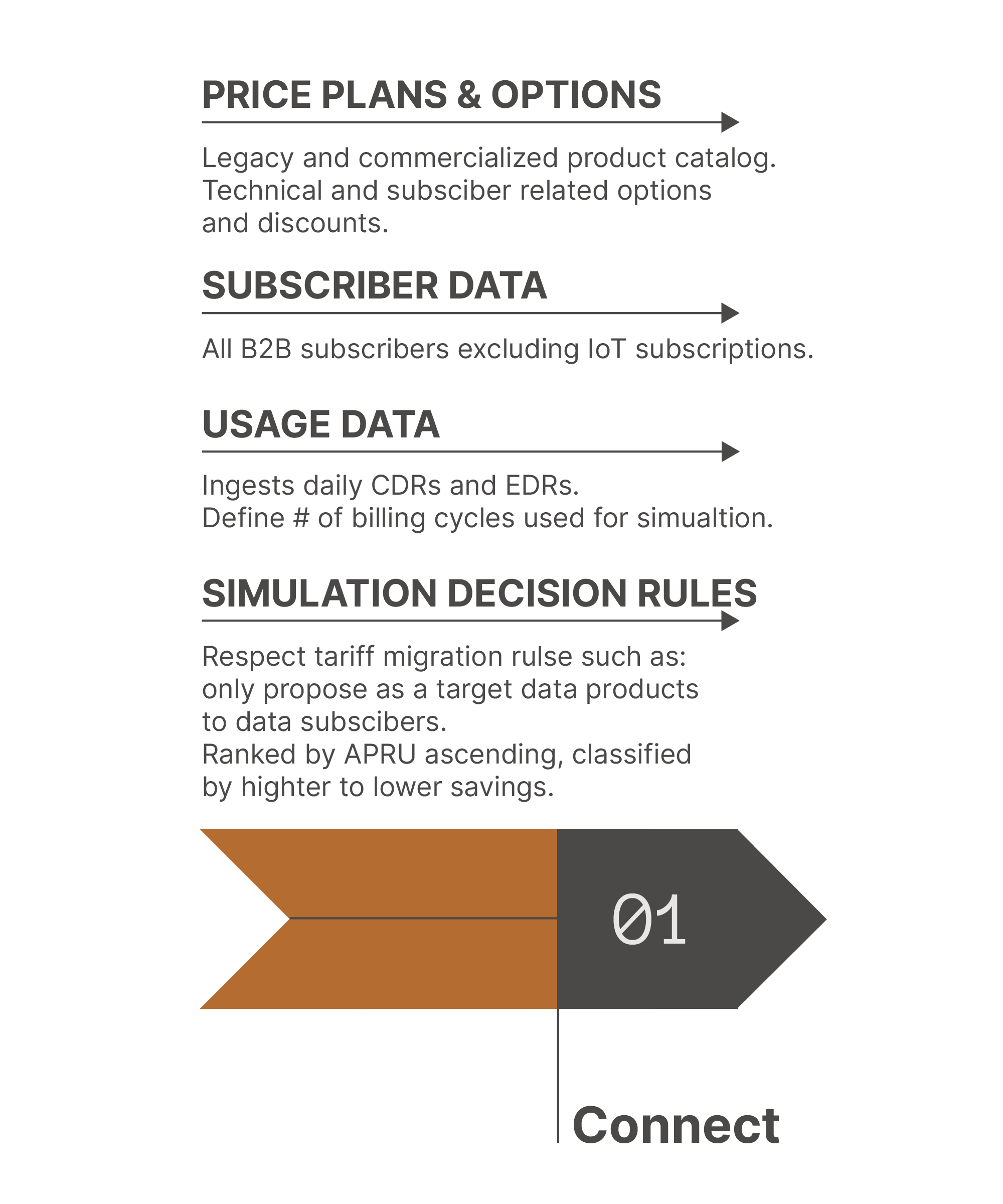
02 Simulate
The result is a matrix of potential what-ifs, where each subscriber contains many lines of current and potential best deals ranked either by ARPU (for legal obligation purpose) or margin (for finance controlling purpose).
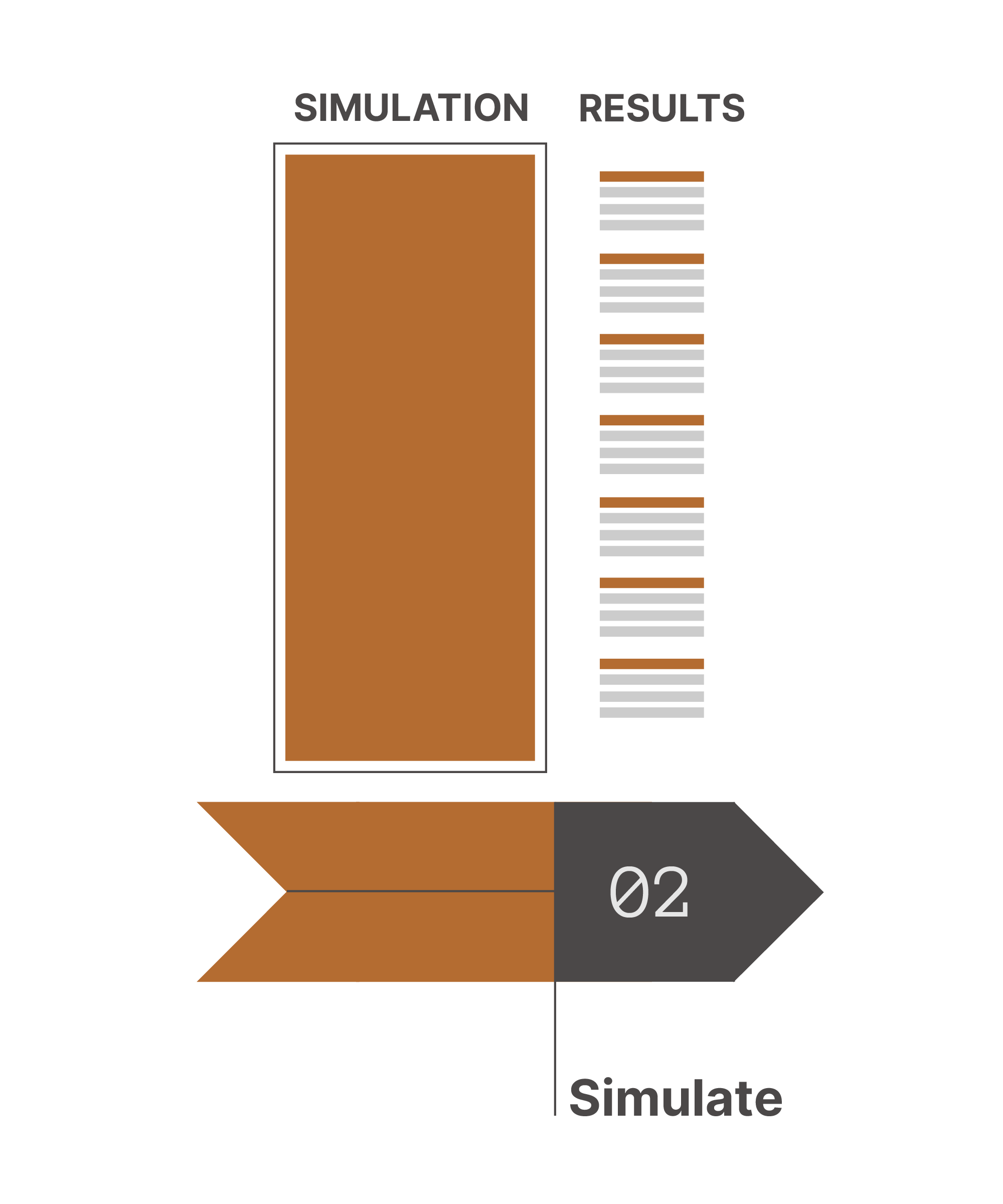
03 Define
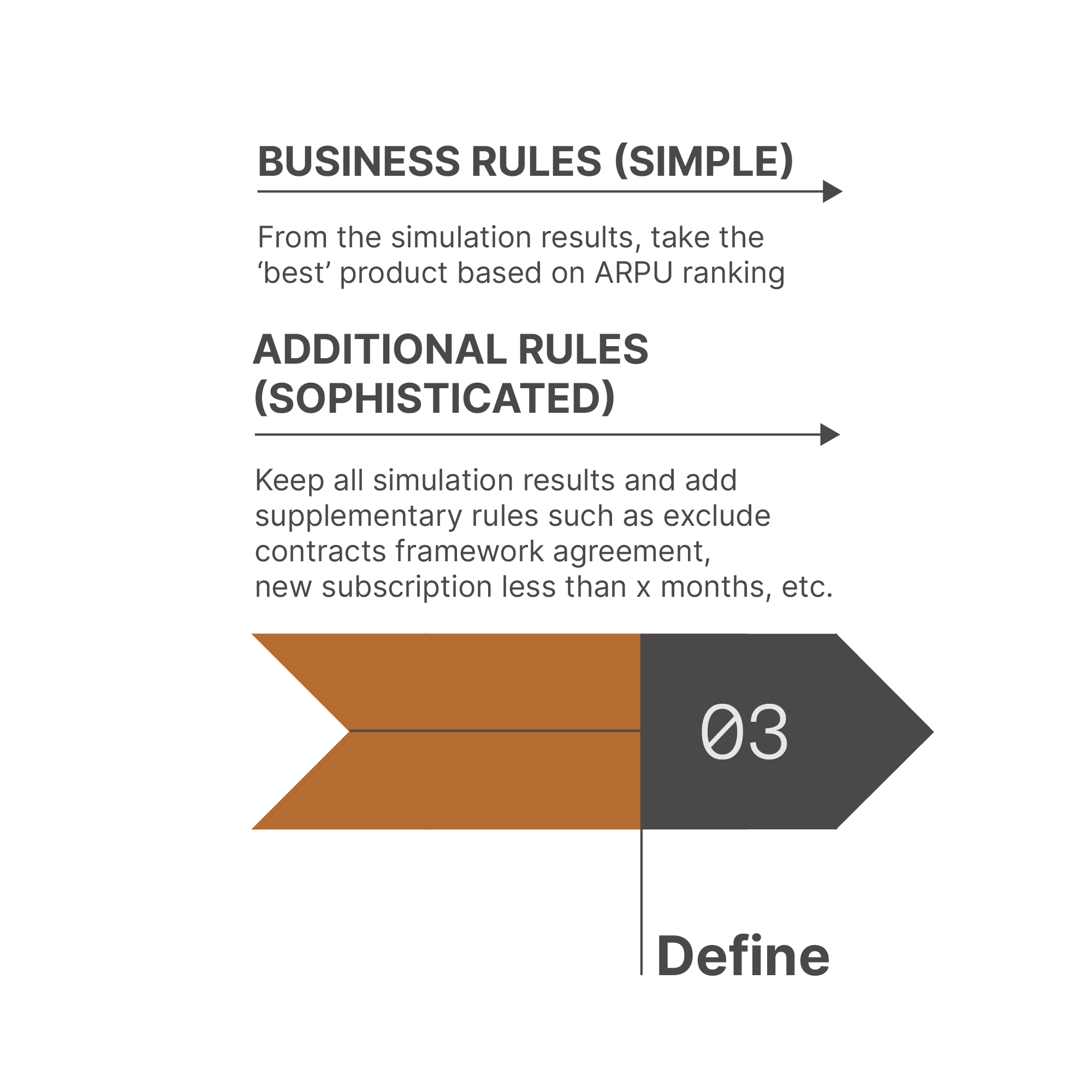
04 Refine
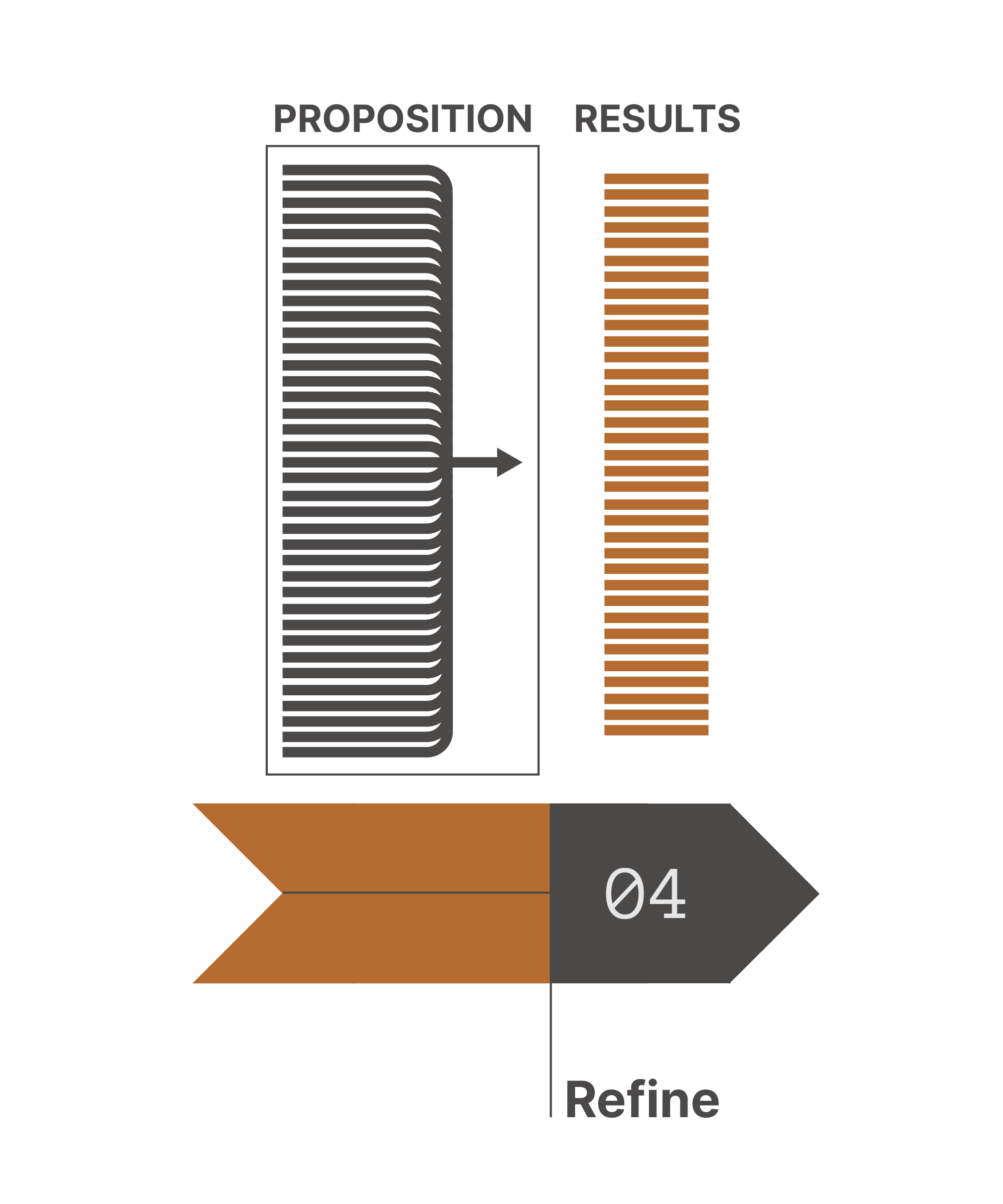
05 Utilize
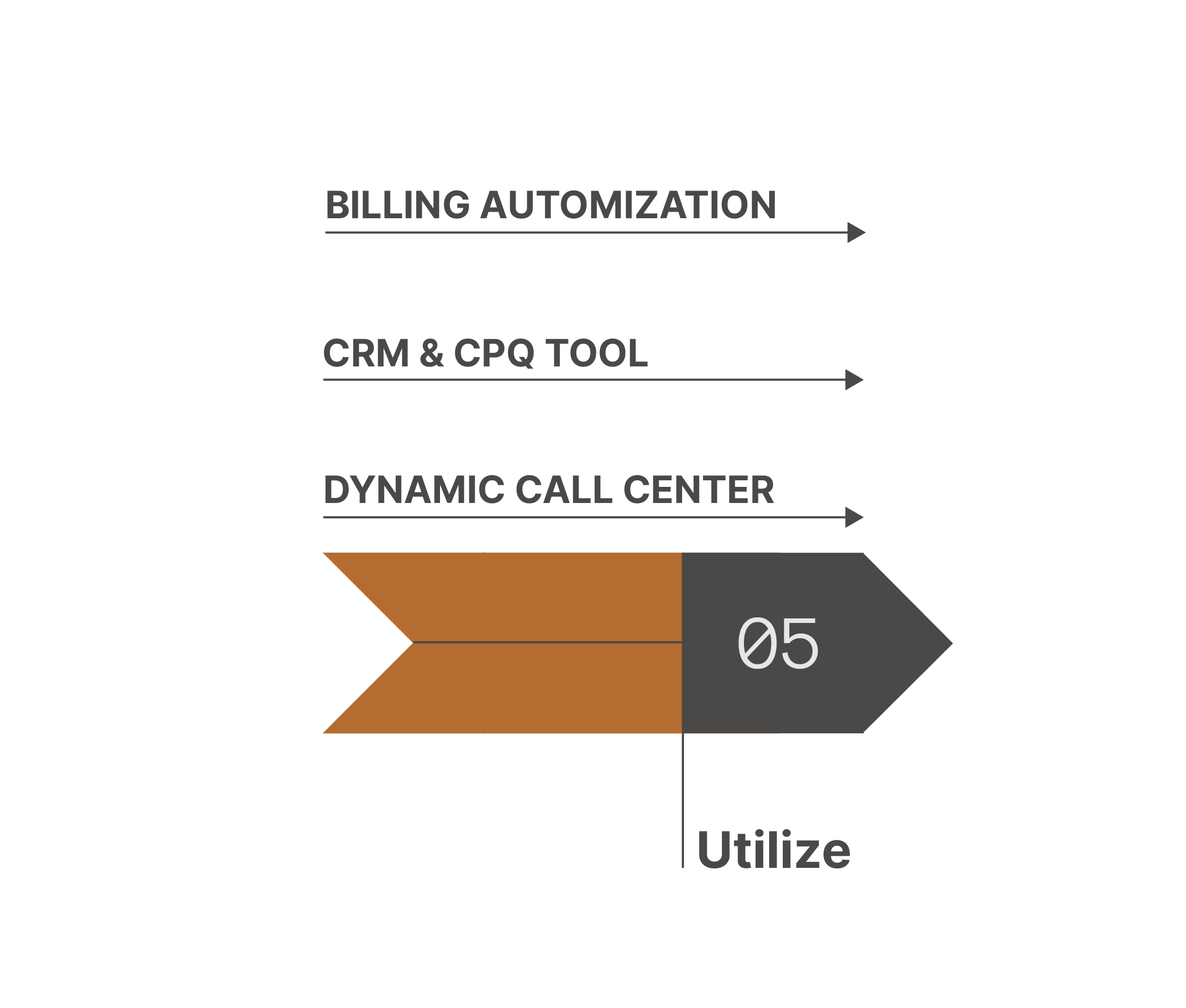
06 Repeat
To sustain simulation quality, fast execution and billing precision computation, a performance and diagnosis checkpoint is automatically processed during each monthly iteration.
The EU Best deal simulation can be either automatically processed or triggered for each step by a Clintview user. Any tariff change moves by B2B subscribers will be updated in the customer base and also available in Clintview for the next monthly EU best deal iteration.
The Results
Stephane Desaeger, CRM - BI & Big Data Domain Manager, Orange Belgium
With no additional license cost, Orange employed their already-owned Clintview project base, creating an agile, fully configurable, and future-proofed solution in such a short turnover. From specification, configuration to delivery, the complete solution took a speedy one month to implement, followed by several months of active testing and tuning.
While the solution obliterated EU’s best deal obligation, a lot more was left to love:
An In-House IT Environment
Until now, Belgium’s minimal best deal requirements meant Orange’s operations could remain outsourced. However, the expanded EECC conditions meant keeping the solution externalized would quickly turn into a costly endeavor.
Orange took the cue to produce a solution that not only sat safely on their in-house IT environment, but unlocked the ability to communicate results inter-departmentally, producing a cleaner, more-efficient customer experience.
Cross-Departmental Alignment with Company Objectives
An upgrade to the understanding of internal processes.
Martin Van Uffel, Business Analyst, Orange Belgium
Charles Janss, Wireless Access Solution Project Leader, Orange Belgium
Improving is impossible without an absolute focus on customer support. With the new solution, customer care is able to instantly identify a customer’s next best deal, becoming unremarkably responsive to an individuals rapidly changing habits and surging connectivity needs.
So, while the obligation is available on the customer bill every month, if they call customer services, they will be able to tell the customer what is the cheapest available tariff—all while taking into consideration the technical and business pricing complexity (including several layers of available discounts) of the business framework contracts.
Ultimately, Orange considered this legal obligation as an add-on to their tariff recommendation provided on a quarterly basis to their B2B customer cluster. Since each customer now has two options, the cheapest and best fit, the options increase the overall trust of the customer towards the brand, providing full transparency of what’s available.
Legacy Tariff Pruning
By implementing Clintview, Orange was able to turn a legal obligation into an opportunity. By leveraging the best deal requirement, Orange now has the platform to orchestrate a mass pruning campaign of their active legacy tariffs. In other words, they took the new legal framework not as a weakness or threat, but an opportunity to help customers find new commercial offers, cutting costs for finance, etc.
Olivier Martin, Consulting & Customer Delivery Manager, Clintworld GmbH
Results like these are only possible with a dedicated product and team. If you’d like to see how to achieve the same at your Telecom, request a demo today.
